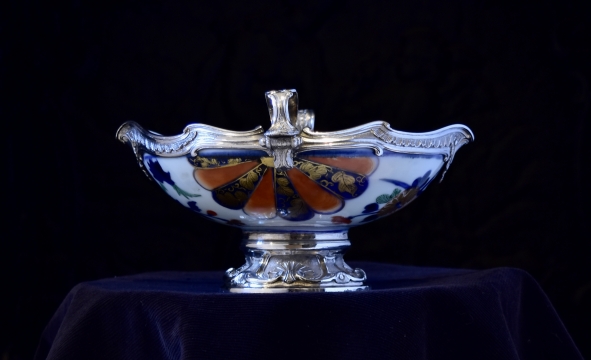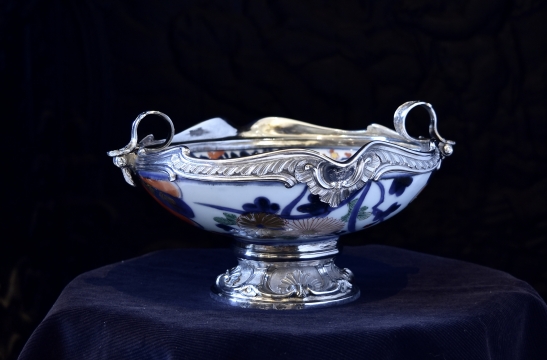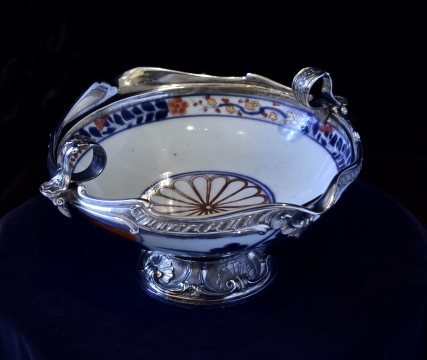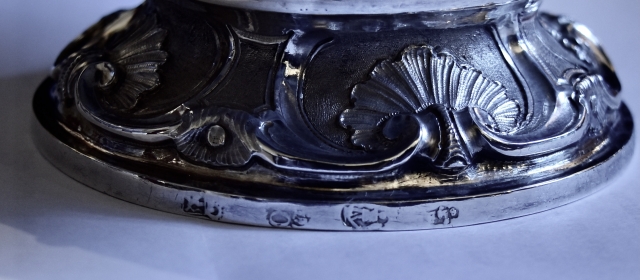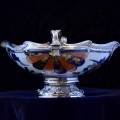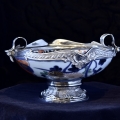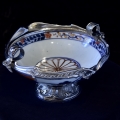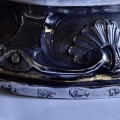Petrus Josephus Fonson
1760
Type:
Sauskom
Material / technique:
Silver and Imari porcelain
Dimensions:
H 11 cm x L 19 cm
Type of acquisition:
Acquired by the Comte Thierry de Looz-Corswarem Fund
Year of acquisition:
2024
Depository institution:
DIVA, Antwerp
